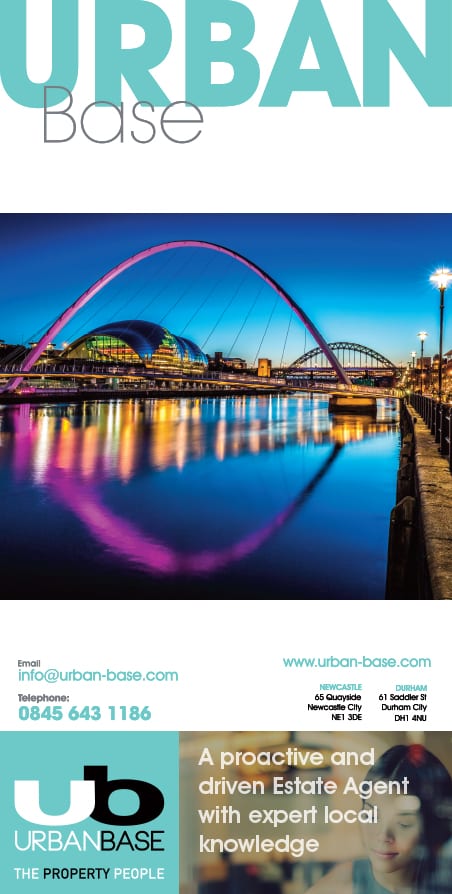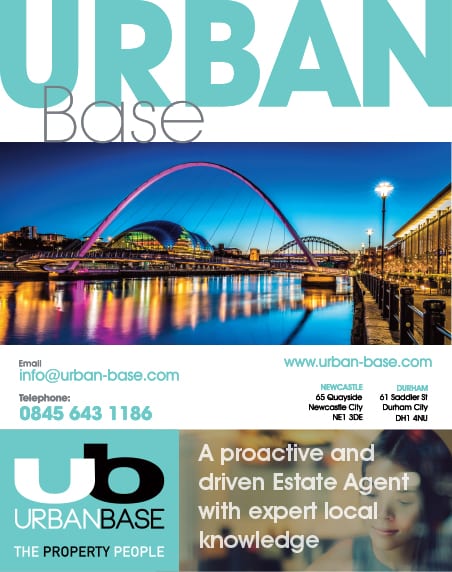With another pre-planning commission completed, feedback analysed and our Statement of Community Involvement report ready for submission with the planning application, we have been reflecting on the role social media plays in community consultation and stakeholder engagement.
Facebook, WhatsApp, Instagram, QQ, WeChat, QZone, Tumblr, Twitter, Google+, Skype, Viber, Line, Snapchat, Pinterest, Linkedin
These are just a few of the somewhat bewildering list of platforms currently available to allow, encourage and request people to like, follow, poke, post, suggest, check-in, network, market products and services, connect with family and friends, and well, just be social.
Just this week I read a blog listing the 60+ social networking sites you need to know about in 2017 (source:wwwmakeawebsitehub.com/social-media-sites/). That’s just the 60 known about, and not including those that are have failed to make the cut and were aborted, or those in development and about to become that app we didn’t even know we needed.
As a communications and engagement consultancy, we have very few social media platforms we use, but each one has its purpose, and each is embedded within our Business Marketing Strategy as well as our Client Engagement Strategy.
For those of us who use these sites, the availability of these platforms creates opportunities to reach out to people, places and opportunities we otherwise would spend longer looking for. They allow us to create groups of like-minded individuals, organise events and update our friends, connections, followers, groups about what we are doing, and about what our clients are doing, or planning to do.
But isn’t there always a but? for all of the positive points these sites have, there has to be a downside. We recognize the value these platforms have, and the many ways they allow us as communicators and engagers, and our clients as the protaganist in our stories, to reach out and in to communities where we are bringing forward development proposals. We are equally aware of the way these platforms can be used to generate a campaign against change, and mobilise a not insignificant army of informed’ individuals keen to spread the truth. In some cases, that keenness has more importance than knowing which version of what is being publicised is the truth.
We’ve seen the growth of social media use in engagement move at an incredible pace in the last eight years and the speed with which a campaign positive or negative can grow can quite often leave project teams floundering in the wake of new truths’. It’s almost a full-time job to keep abreast of what’s being said by who, what’s true, what can be countered and what is worth addressing. Better conversations’ are the objective of every community and stakeholder engagement project we undertake, and knowing what is happening on social media is fundamental to achieving this. I’m reminded of a particularly volatile consultation we recently completed, with elected public officers using social media to harass, harangue and generally be offensive about the project team after taking a pop at them in person. This is the unsocial side of engagement, but it is worth cautioning not only that the laws of defamation apply to social media, but that with the increased audiences now accessible it will be harder to defend. Take care our there it’s a social media minefield.
In summary, my top five social community engagement tips are:
1 Be Strategic
Establish a Social Media Strategy from the outset. Place it front and centre of your project; identify which platforms will be used, how and who is controlling them.
2 Be visible
Create an audit trail. Record every social interaction and engage with those engaging.
3 Be engaged and engaging
Ensure every contact (inward and outward) is logged separately and any action points registered and actioned.
4 Be truthful
Don’t conceal information, and do not be afraid to challenge a falsehood or attempt at misinformation if the situation requires it.
5 Learn
Evaluate the activity. Analyse the interaction, actions and reactions. Make improvements and take the learnings to the next project.


